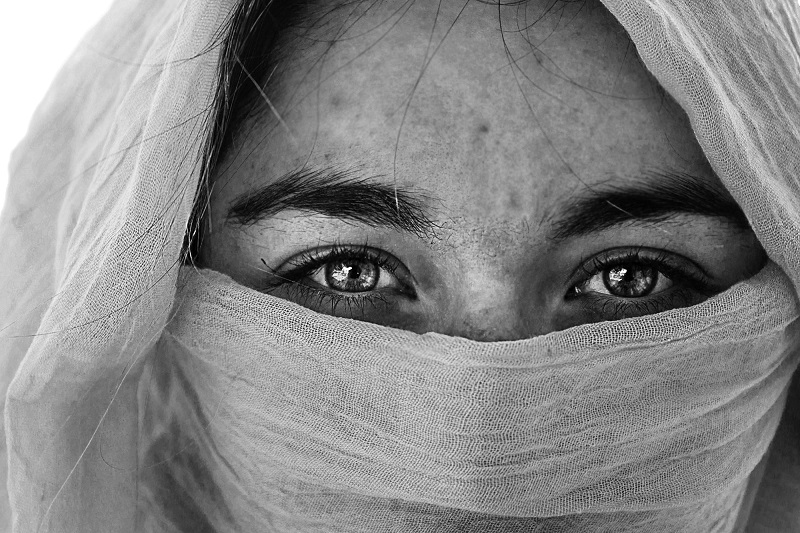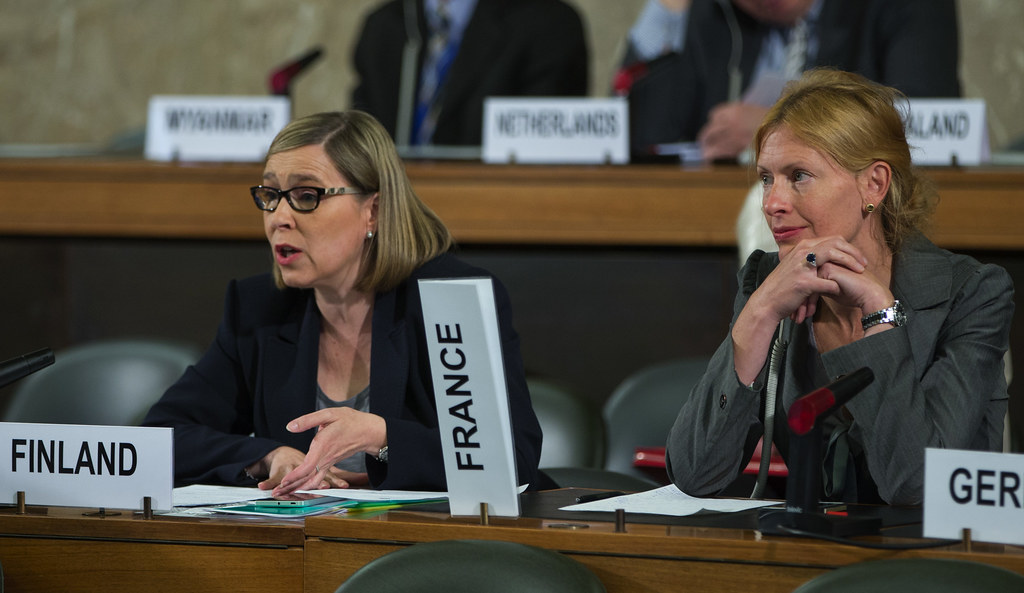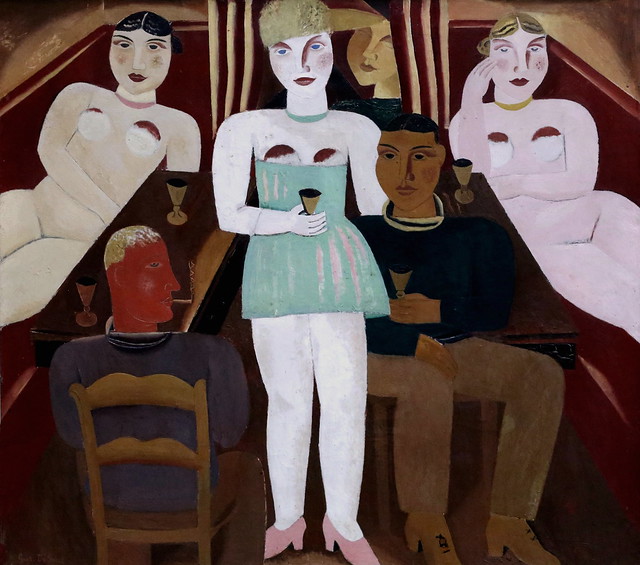When we read about gender in the news, our attention is usually drawn to some harmful practice, philosophy, or injustice harming women and girls. We, readers and audience, often feel immediately shocked and concerned. Bad things are happening to women, bad things are happening to children, and human rights aren’t being respected. We feel frustrated and wish we could do something, often anything, to prevent the suffering and lack of dignity that pervades the lives of so many women.
This narrative and the desire to help are widespread, and easy to identify with. However, often in opposition to this argument is the idea that international gender advocacy is not respectful of traditions in a given culture. Indeed, our perceptions of what is acceptable and unacceptable is very much dictated by our values and our upbringing. An OECD Report on culture, gender equality and development discusses how gender is tied closely to the way our society is organized, and its cultural meanings.
One classic example surrounds the practice of wearing a hijab, or headscarf. There is a well noted disconnect between why women wear hijabs and how they are often perceived. Many hijab-wearing women have expressed that covering their head empowers them, and makes them feel that they are judged for their personality rather than their looks. This is extremely important in societies where cat-calling and street harassment is pervasive, as well as judging women based on their appearance. The notion that “oppressed” Muslim women need to be freed from their hijabs is at odds with what the majority of Muslim women wearing hijabs think. A 2005 survey found that Muslim women do not view themselves as oppressed, nor do they think that adopting Western ideals would improve things. Telling women who feel empowered they should instead feel oppressed can hardly be considered gendered advocacy. Of course, no population or group of women should ever be expected to feel uniformly about an issue, and Muslim opposition to the hijab certainly exists.
In colonial Egypt – similarly to other colonized Islamic states – women were forced out of their hijabs. This “forced emancipation” was a tool used by colonizers to “free” women from their inferiority under Islam. This created immense societal and familial divisions, and many were afraid to venture outside their homes with their heads exposed. In Algeria, there were mass “unveiling” ceremonies, where women removed their veil in front of a crowd, often by force or under threat. Rather than eliminating the veil, these practices gave it a new form of symbolism. Women would wear the veil to symbolize that they would determine their own forms of liberation, and would not tolerate having it forced upon them.
Is it the role of anyone to dictate how women should behave and what they should wear? How can we promote women’s rights without impeding the individual choices of women?
Traditional Culture and Justice
Although gendered meanings and expressions vary across cultures, women are still generally more likely to be disadvantaged. The OECD states that “the general pattern is that women have less personal autonomy, fewer resources at their disposal, and limited influence over the decision-making processes that shape their societies and their own lives.” Respect for human rights must include a respect for women’s rights, and an acceptance that women are often disadvantaged.
While being respectful and adaptive is important, “culture” should not be used as a blanket to justify the abuse of women. Barbaric and incredibly dangerous practices have been dubbed “cultural,” such as Female Genital Mutilation (FGM) or Female Genital Cutting (FGC). FGM/FGC involves removing parts of girls’ genitals for non-medical reasons, often removing the clitoris and parts of the labia. The practice is extremely dangerous for women and can result in severe bleeding, severe pain, problems urinating, cysts, infections, the need for subsequent surgical work, and increased chances of newborn deaths. It is a practice with a very long tradition, used to control women’s sexuality, initiate them into “womanhood”, and remove the “dirty” or “ugly” parts of the vagina.
Can we advance women’s rights while respecting cultures and customs?
Although being mindful of culture and customs is incredibly important, this is not an excuse to sit idly by while women suffer. It is a reminder to be open minded. To avoid the tempting “one-size-fits-all” approach to encouraging gender equality, and to accept that one way isn’t the only “right” way.
Culture is always changing, and it is important that women’s advocacy adapt to different contexts. Women are part of these changes. The OECD suggests that “strategies that support women’s empowerment can contribute to women’s ability to formulate and advocate their own visions for their society – including interpretations and changes to cultural and gender norms.” In the case of FGM/FGC, Global Affairs Canada and many others advocate teaching women and communities about the risks and problems associated with the practice. With more awareness and dialogue about the dangers of FGM, the practice becomes far less common, whereas simply banning the practice does nothing to change local customs and experiences. Gender advocacy needs to empower women to decide how gender should fit into their own societies on their own terms.
If we really want what’s best for women, we need to respect them. And part of respecting them means leaving space for the voices of other women – diverse, multicultural, and women with different values – so that we can learn from and support one another.
Photo: Grayscale photography of a person with scarf (2016), by Josh Martz via Pexels. Licensed under CC0.
Disclaimer: Any views or opinions expressed in articles are solely those of the authors and do not necessarily represent the views of the NATO Association of Canada.




